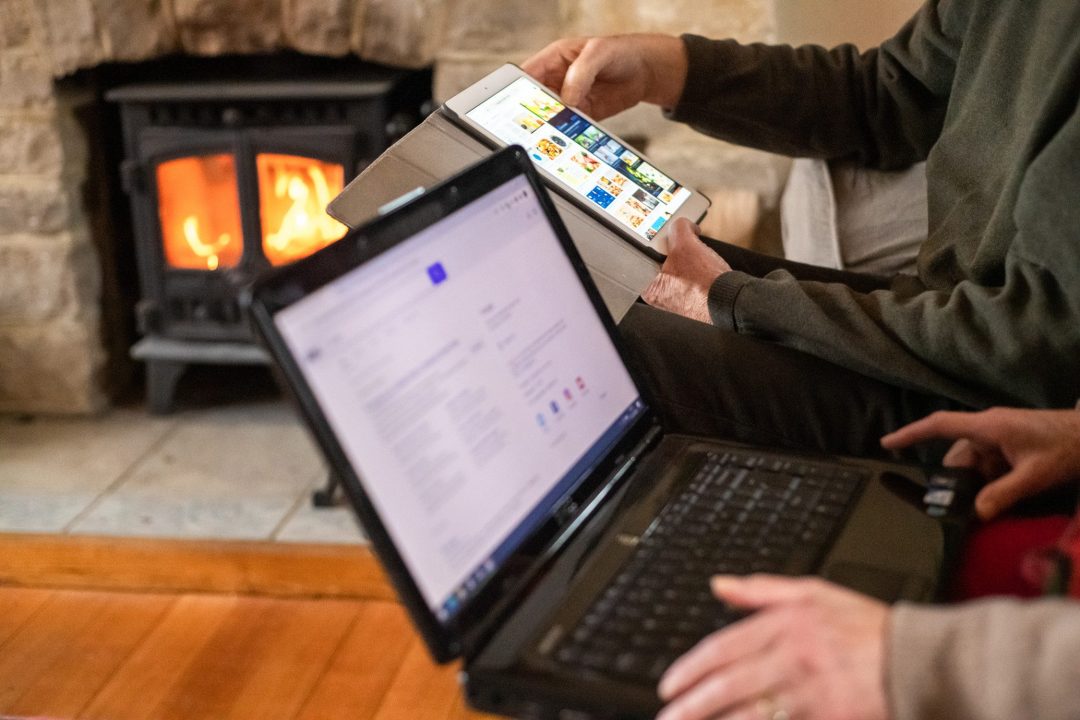Assistive technology is a catch-all terms that refers to any product that helps us do a task more easily or to do a task we otherwise could not do. Examples include robotic vacuum cleaners and washing machines. They also include technologies that:
- keep us connected, like video calls;
- keep us safer, like smoke alarms or falls detectors; and
- provide entertainment (and exercise) like the Nintendo Switch.
They can be very simple such as rails in the bathroom or quite complex such as emergency call pendants. There are a range of assistive technologies designed to help older people and people with dementia at home. Check the National Equipment Database, Australia’s largest assistive technology database with over 25,000 products.
Assistive technologies can be expensive and it may be difficult to choose what might be the right product for you or your person. The following steps will help you think through whether a product is ‘right’ for your circumstances.
- Clarify the problem. Success of any assistive technology depends on the product meeting your specific needs in your circumstances, not on clever marketing.
- Seek assistance. Health professionals, particularly occupational therapists are skilled at working through your needs, clarifying what you want to achieve and selecting equipment or recommending changes you can make to reach those goals.
- Explore the range of products available. The National Equipment Database offers information about more than 27,000 useful products available for you to search and find, and the option to easily click to buy selected items. In some instances, commercial providers may offer a service to try products before you buy.
- Assess the product. Think through the strengths and weaknesses of the product. Ask if there is a simpler solution.
- Consider the cost of the product. Cost is not only the initial outlay, but ask about installation costs and requirements, if there are other costs such as electricity or internet costs or if you need training to use the product.
- Evaluate. After using a product for a while, consider if the product is achieving what you wanted it to do. You might like to try something else or contact the supplier and talk about the issues with them. Many providers of assistive technologies are interested in improving their products and can offer helpful suggestions.
Important actions
- Check the National Equipment Database, Australia’s largest assistive technology database with over 27,000 products or free call 1300 885 886.





